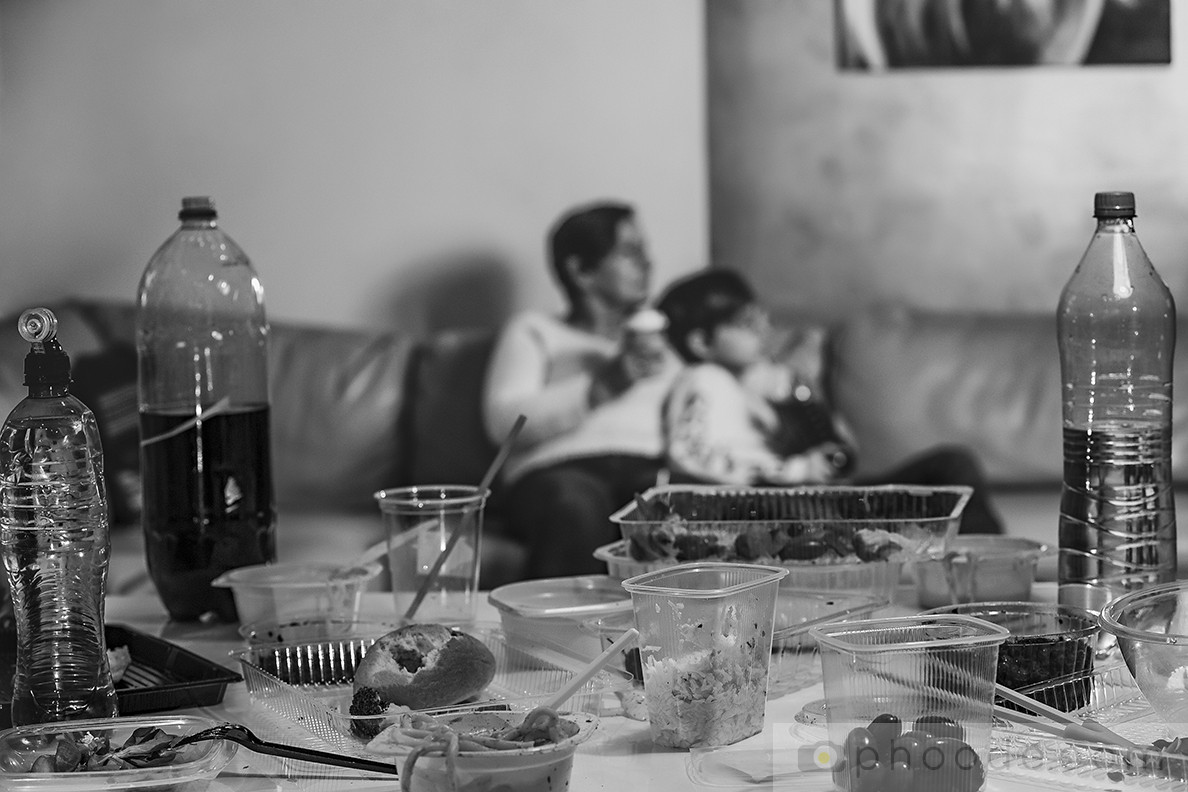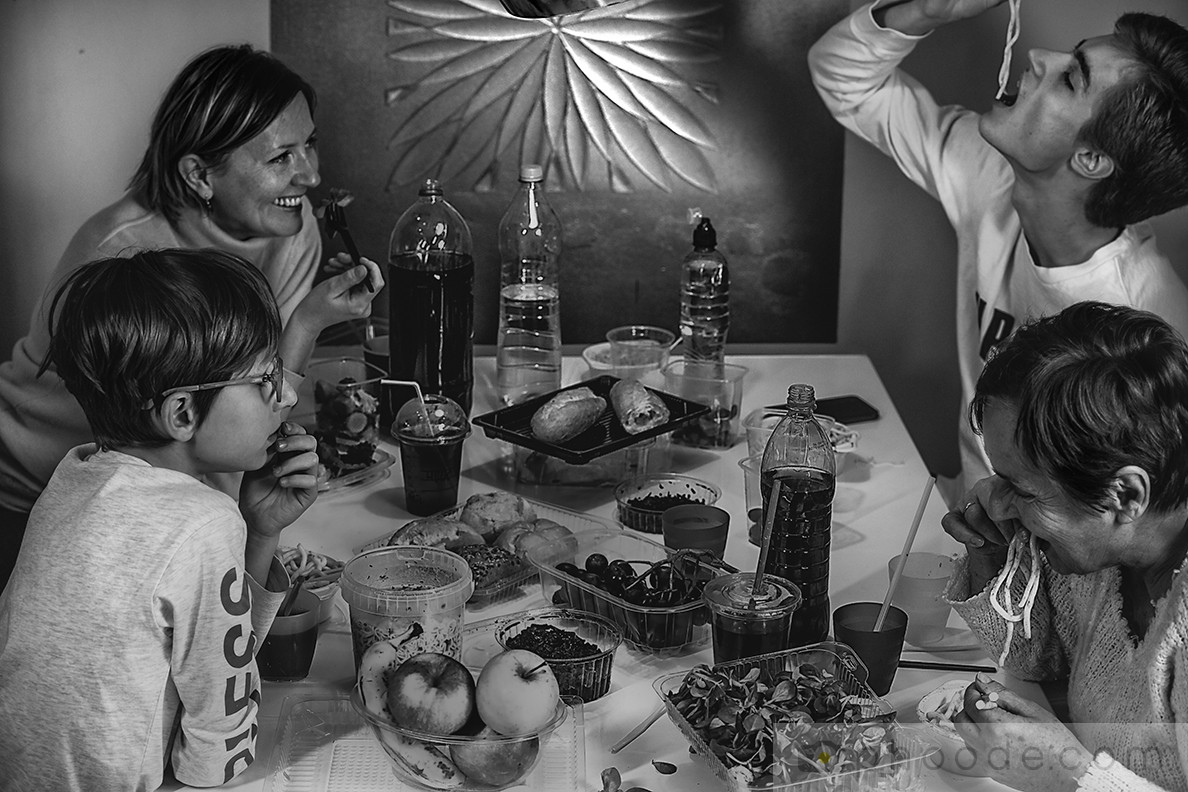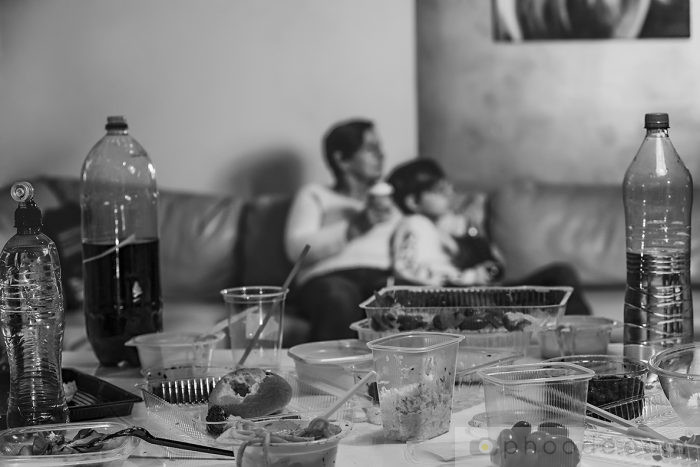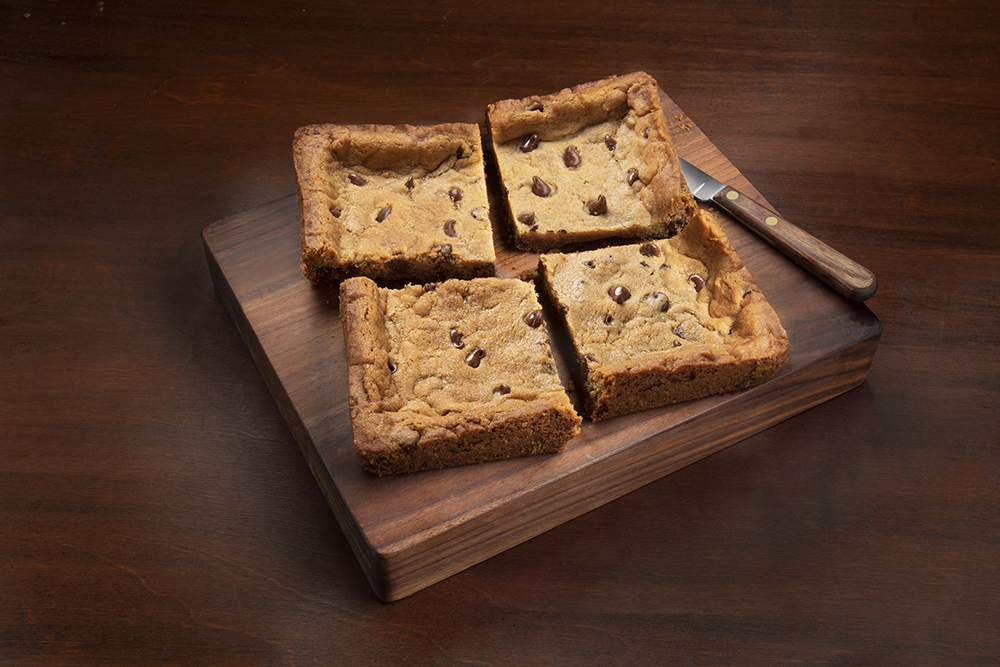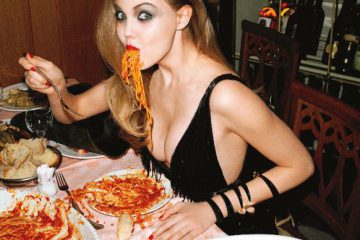Advocating Change with Plastic Food Waste Photography
“Whether I’m walking the streets of Los Angeles, London, or Warsaw, I run into people sipping lattes from plastic cups, using plastic straws. Men and women alike exit restaurants in droves carrying plastic to-go boxes. Grocery stores beautifully display sliced fruits, vegetables, and meats shielded by plastic containers and covers. Subway stations and other public areas are perpetually battling refuse. Plastic garbage cans fill to the brim with more plastic. When you take some time to notice your surrounding, it’s hard not to feel as though we’re drowning in plastic.
How does one combat the seemingly unsurmountable issue? Though unconventional, my solution came in the form of some stylized plastic food waste photography that alludes to the unpleasant truths of our current environmental predicament.
DRAFTING A CONCEPT
I’m not perfect, but whenever possible, I do what I can to limit the waste I’m putting out. All the same, it sometimes feels like a futile effort on my part. We’ve grown comfortable with convenience and instant gratification, and many of our practices ultimately damage our planet. There’s a lot of discussion buzzing concerning the future repercussions of our actions. But few seem truly willing to make the big changes necessary to heal our planet.
The sad part is that very few of us truly realize how much we consume. So, I came up with the idea of examining how much an average family actually winds up wasting. On the surface, many of us live happy with the ones we love. However, I wanted my emotionally-charged black and white images to reveal a darker truth lurking just beneath the surface – that packaging waste threatens to destroy the carefree lives we’ve built for ourselves.
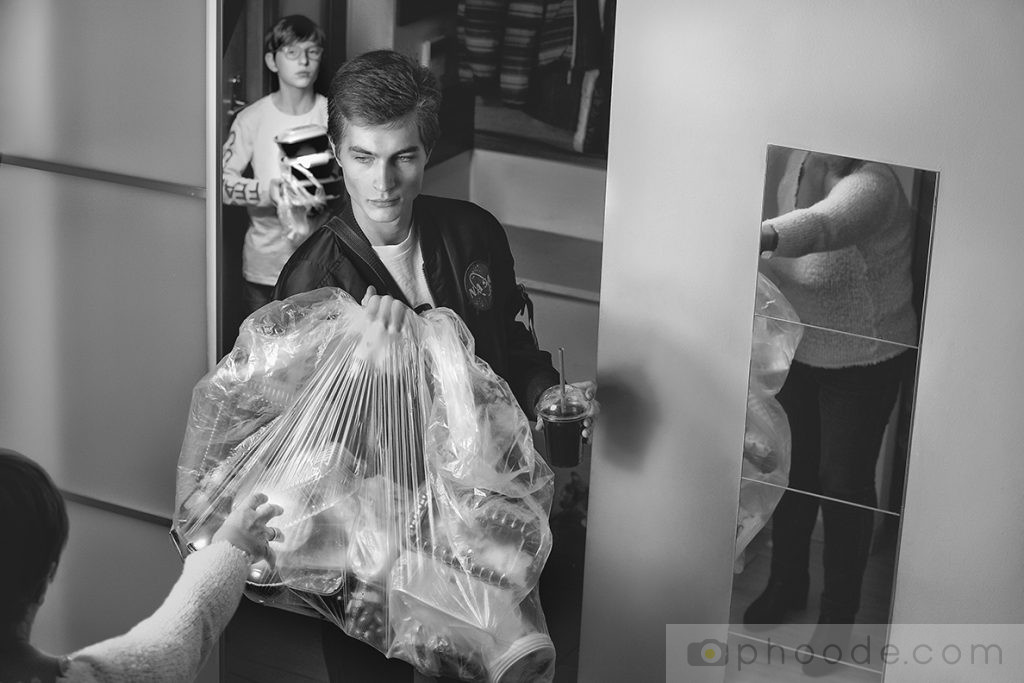
SETTING THE SCENE
In my head, I had pictured four photographs featuring four separate stages of plastic consumption. Coming home from shopping and storing food in the refrigerator was meant to establish how we utilize plastics. Showing the act of eating and the aftermath of a meal revealed just how much waste feeding a family could produce.
Once I had my concept nailed down, I called up my Polish friend and fellow artist Anna Mysliwczyk. A skilled black and white photographer, she has the ability to elicit strong emotions from her subjects and was just the person I needed to team up with in order to accomplish my vision. She agreed to assist me as well as volunteer herself, her sons, and her mother as photographic subjects. With three generations of models at my disposal, Anna and I began to brainstorm how we wanted to pull the series together.
We opted against photos filled with doom and gloom, because most of us aren’t living in a constant state of depression concerning the state of the planet. Instead, we wanted scenes that felt authentic, with touches of humanity expressed through their interactions as a family. The sort of people we wanted to portray were those with strong family values. The types willing to care of their elders and rescue bony kittens from cold city streets. We wanted to display the damage and destruction they’ve wreaked not through their actions or emotions. Instead, we wanted to wanted to slowly bury our subjects in their own trash, blissfully unaware of the mess they’re slowly sinking into.
So, we took to the streets of Warsaw and began gathering plastic.
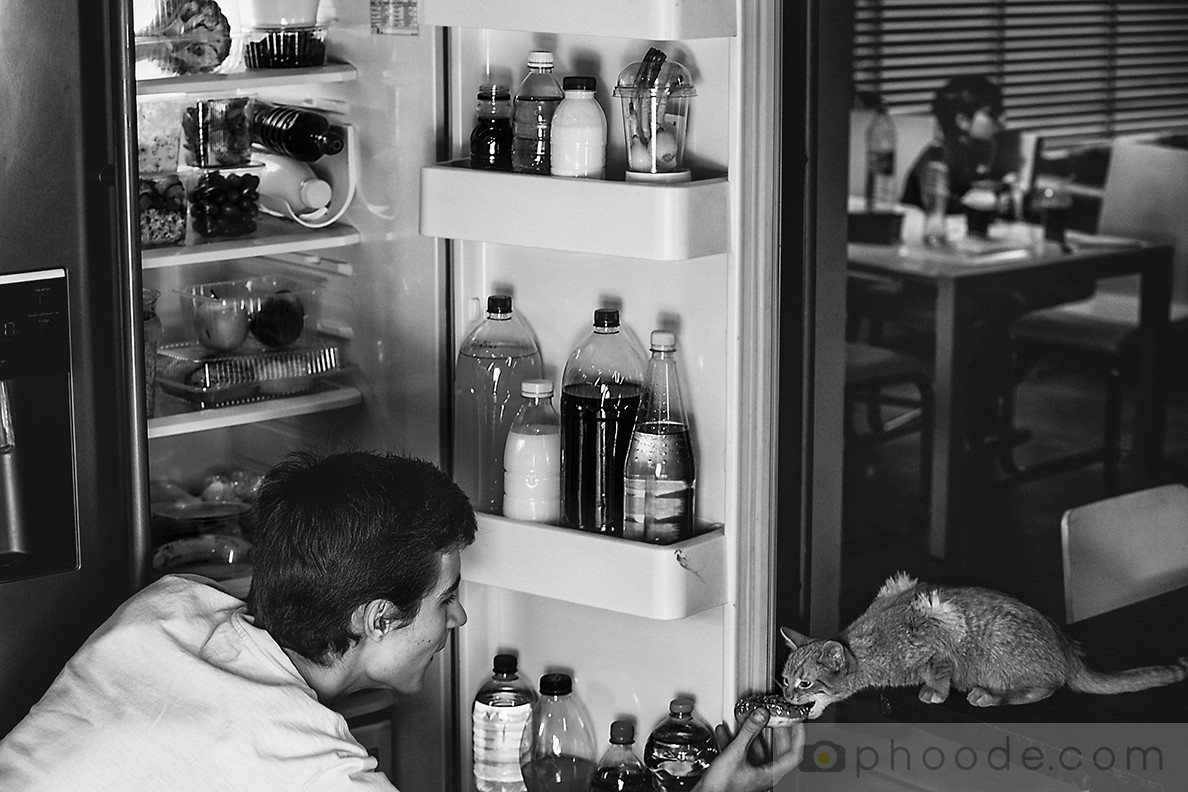
TECHNICAL SPECS
From the beginning, I pictured this series in black and white, reflecting the grim nature of the story. I also wanted the contrast that limited color would bring. With the right light, we could bring attention to the plastics littered through our scenes by emphasizing the highlights of each container and carton. Anna weighed in with the following statement about our lighting setup:
To capture contrasts and to have a full control on lighting on set in real time, we used continuous hard light. We used two to three different sources of tungsten light: a large soft box shell without a diffuser for people. Long, flat, bare lighting panel to highlight plastics and some fill boards to highlight or cover up light in particular areas.
– Anna Mysliwczyk
We had a vision of the light and subject matter that we wanted to feature going into the project. However, the task of shooting within a home brought up a few issues when it came to capturing a composition. Luckily, with a little bit experimentation and awkward maneuvering, we were able to get the shots we needed.
As the space inside the house was limited, it was very hard to keep the right distance and angle. I was shooting with hand held camera in odd positions, often clinging to the wall or perching on the kitchen counter. I was looking for symmetry, linear composition and contrasting details within each particular frame…Decided on a slightly longer lens (70 mm) at f/6.5 which allowed me to avoid flat looking images.
– Anna Mysliwczyk
COLLABORATION AND FEEDBACK
Just as I suspected, having Anna’s help was a huge asset as the creative director of this series. From lending me her family to helping me track down plastic props, she played in active role in every stage of the shoot. What’s more, she provided perspective and experience that differed from my own. “As a primarily portrait photographer I was very focused on the human emotions in each shot,” Myśliwczyk confided in me. More often than not, I find myself working with food rather than people. So, having someone a bit more accustomed to working with human models benefited me quite a bit.
No matter how you slice it, there’s not much romantic about plastic food waste photography. We had our fair share obstacles to overcome in order to get this series. The trash we sifted through was less than glamorous. However, the happy accidents and unexpected moments made for some shots worth getting excited over. Ultimately, the important message we wanted to share shines through, loud and clear.
